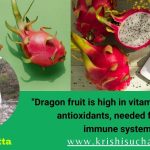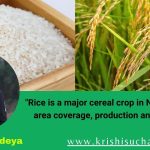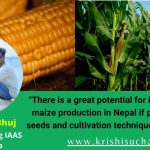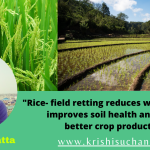Seed Viability: Factors and Viability Test
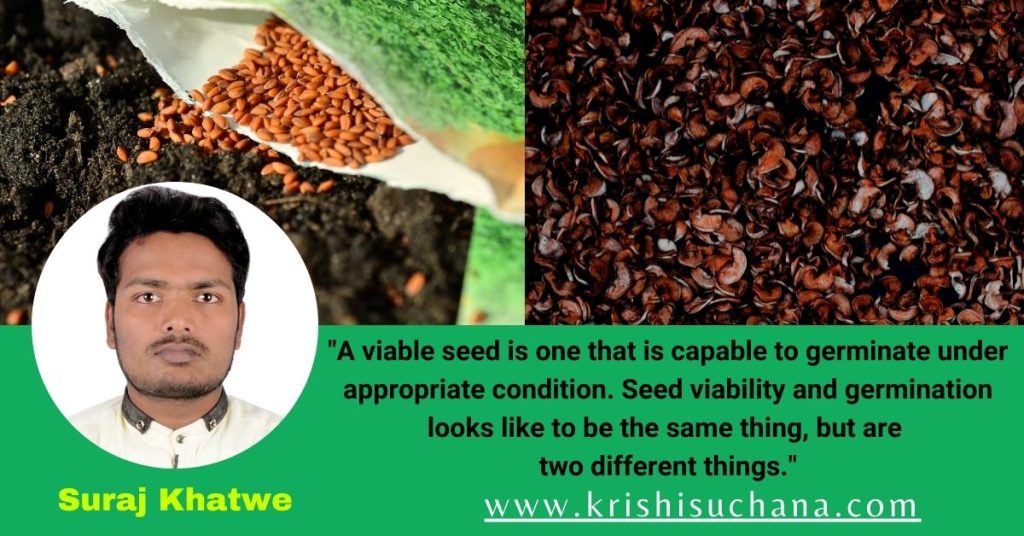
SEED VIABILITY
Seed is a fertilized mature ovule with an embryonic part, stored food material (endosperm) and a protective coat (testa), which is viable and has capacity to germinate. Any material used for sowing or planting can be defined as seed. This may include seeds of food crops, seedlings, tubers, bulbs, rhizomes, root cuttings, all types of grafts and other vegetatively propagated materials for food crops or fodders. Seed is the key agricultural input which determines productivity and yield of any crops.
What is Seed Viability?
The measure, how many seeds or plants material in a lot are alive and could germinate into a plant is known as seed viability. A viable seed is one that is capable to germinate under appropriate condition. Seed viability and germination looks like to be the same thing, but are two different things. Viability explains whether or not seed is alive while germination explains whether or not seed can germinate.
Factors affecting seed viability
During physiological maturity, the viability is highest and then it gradually declines. Factors that affects viability includes seed coat, pollination, mechanical injury as pre-harvest factors whereas moisture, temperature, relative humidity, light, chemicals, gases during storing and insects as post-harvest factors.
Wahlen(1929) found that viability in clover seed depends on the impermeability of seed coat. Incomplete pollination results in higher number of empty seeds and mechanical damages during harvest, threshing, transportation reduces viability of seed. Similarly, optimum moisture level and decreasing temperature is important to maintain seed viability during storing. The seed kept at high moisture content or low moisture content below 4% may get damaged. The longevity of seed doubles for every 1% decrease in moisture and for every decrease of 5°C in storage temperature. This rule is applicable when the moisture content is between 5-14% and temperature between 0°C to 50°C. High relative humidity and temperature are most important factors determining the storage life of seed.
Seed viability test
We sow seed to develop it into a new plant and it is important to know whether the planted/sown seed will germinate or not. For this purpose, viability test must be done at the start of storing and at regular intervals during the storing. Generally, the process of testing takes time from a few days to weeks or even months for result.
The tetrazolium test and the embryo excision test were only the methods previously accepted as official methods for testing viability by International Seed Testing Association. Later, X-ray method was also accepted as valid alternative for cutting test.
1. Cutting test
Cutting test is the simplest testing method. Knife is used to cut and open seed and is inspected with eye. There is high chance of germination, if the endosperm is of normal color and have well developed embryo.
2. Tetrazolium test
Seed is soaked in water for about 20 hours. Then, it is cut or seed coat is removed and soaked in 1% aqueous solution of tetrazolium (TZ). It is left in dark for 48 hours. Tetrazolium salt reduce to form a red
formazan which produces red stain in living cells. In this way live and dead seed can be distinguished with the help of this method. Highly viable seeds are uniformly red while seed with reduced vigour are white or speckled white.
3. Excised embryo test
First of all, seeds are soaked for 1-4 days and then embryos are excised from the seed. The excised embryo is placed on moist filter paper in Petri dish. This process includes removal of fruit part and seed coat. Viable seed shows some activities while non-viable embryo discolors.
4. Radiographic method
Contrast agent like aqueous BaCl2 or vaporous CHCl3 is used in this process. The living tissue can prevent its entry while dead tissues become impregnated. This method helps to detect empty seed, mechanically damages and abnormal seeds.
5. Germination test
It is most accurate method of testing viability. Seed is spread on the container lined with wet paper, closed the container and kept in warm place. Generally, 200 seeds in 4 replications of 50 seed is recommended as best practice. This test helps in determining the proportion of seed that will germinate.
6. Floating method
Seeds are poured into water and allowed to settle for 30 minutes. Seeds that float on water are non viable seed whereas sinked seed are desirable and viable.
To sum up, seed viability is important for any farmers to grow their crops. Seed rate can be decided according to the seed viability. Therefore, farmers must know seed viability test methods to ensure emergence and productivity of crops. They can perform float method, germination method, cutting method, and investigate the damage, health, purity seed weight to make sure whether seed is viable or not.
Writer: Suraj Khatwe (Student, Bsc Ag 4th Semester, Paklihawa Campus)

 एउटा यस्तो विषालु भ्यागुता, जसको मुल्य नै पर्छ ३ लाख, जान्नुहाेस्
एउटा यस्तो विषालु भ्यागुता, जसको मुल्य नै पर्छ ३ लाख, जान्नुहाेस्  भोलि र पर्सि बालबालिकालाई भिटामिन ए खुवाइदै
भोलि र पर्सि बालबालिकालाई भिटामिन ए खुवाइदै  खगराज अधिकारी गण्डकीको मुख्यमन्त्री नियुक्त
खगराज अधिकारी गण्डकीको मुख्यमन्त्री नियुक्त 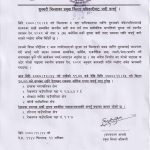 सुनसरीमा दुवै पक्षबीच सहमति, कर्फ्यु खुकुलो हुदै
सुनसरीमा दुवै पक्षबीच सहमति, कर्फ्यु खुकुलो हुदै  स्टेफेनको शतकमा आयरल्याण्ड वोल्भ्सले नेपाल ए लाई दियो २८५ रनको लक्ष्य
स्टेफेनको शतकमा आयरल्याण्ड वोल्भ्सले नेपाल ए लाई दियो २८५ रनको लक्ष्य 